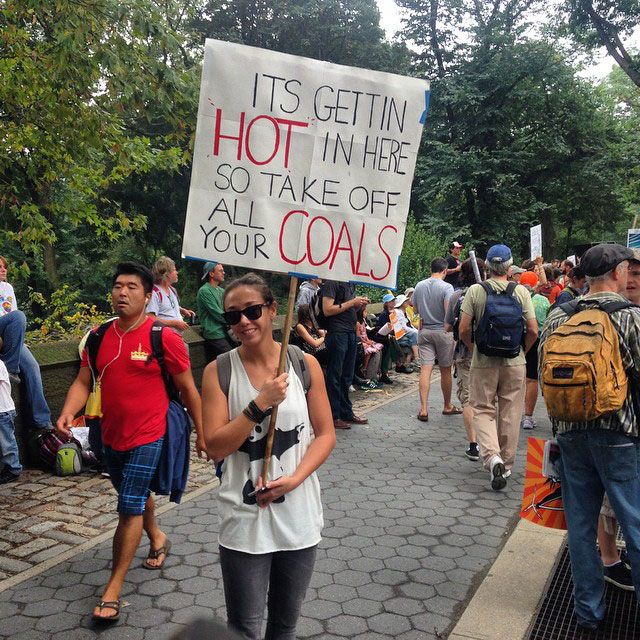The Heat is On! London Temperatures Spark
26/06/2017

As global temperatures continue to rise and air quality worsens, the reality of climate change is beginning to make us sweat well into winter.
And we’re not the first ones to make the link to climate change.
It’s somewhat ironic that the International Civil Aviation Organization (ICAO) have warned that higher temperatures caused by climate change could_“have severe consequences for aircraft take-off performance, where high altitudes or short runways limit the payload or even the fuel-carrying capacity”._
In Phoenix, American Airlines had to cancel dozens of flights when temperatures reached 48 degrees Celsius last week ….. yes 48 degrees C!
That’s hotter than the operating temperature of some airplanes! Temperatures this hot can prevent some jets from generating enough lift to take off due to low air density.
Southern California was also experiencing the heat. In Lancaster CA, a 56-year-old record was broken on Monday when temperatures climbed to 43 degrees Celsius.

Check out our Earth Day blog for ways to lower your carbon emissions today.
What’s even more surprising are the sweltering temperatures being felt in London.
Temperatures rose to 32.4C in parts of London last Monday, exceeding those in Los Angeles and the Bahamas, as the hottest day of the year so far.
The excessive heat spurred England Health Authorities to issue an amber heat alert, only one tier below a national emergency. And although the heat may be well received by some, it comes as a health risk for the ill, vulnerable and elderly.

A heatwave in Europe (2003) that lasted 10 days resulted in about 2,000 heat-related deaths, while 680 more people died during the unusually prolonged hot weather in 2006. This is a global occurrence, with many dying as a result of heatwaves in Chicago (1995) and Moscow (2010). By the end of the century up to three-quarters of the world’s population could be exposed to deadly heat if emissions continue to rise.
Cities are more at risk of unbearable temperatures due to “urban heat island effect”, which describes city temperatures being several degrees higher in comparison to surrounding rural areas, due to buildings and roads trapping the heat.

What’s more concerning is that more than half the world’s population live in cities, which is expected to reach two-thirds by 2050.
Rising temperatures have become so frequent that researchers fear that parts of the Middle East and North Africa could eventually become uninhabitable. Unless cities can mitigate rising temperatures, it looks like people will begin to trade cityscape for cooler rural areas, but who knows how long it will be before those areas become uninhabitable too.
There are limits to human adaptability and this is just a taste of what’s to come as greenhouse gas emissions create more drought and heatwaves. But it’s not too late to make a change.







